MARKET OVERVIEW
The Global Isotope Ratio Mass Spectrometry (IRMS) market stands at the forefront of analytical technologies. IRMS, a powerful analytical technique, delves into the precise measurement of isotopic ratios in various substances, enabling scientists to unravel intricate details about the composition of materials. Unlike conventional methods, IRMS has emerged as a pivotal tool, offering unparalleled precision and depth of analysis across diverse scientific disciplines.
Isotope Ratio Mass Spectrometry involves the separation and measurement of isotopes based on their mass-to-charge ratios. This technique extends its influence across a spectrum of applications, ranging from environmental science to geochemistry, archaeology to forensics, and nutrition to climate research. The significance of the Global Isotope Ratio Mass Spectrometry market lies in its ability to unravel the subtle isotopic variations within samples, providing insights that were once elusive.
In environmental science, IRMS plays a crucial role in tracing the origins and pathways of pollutants, contributing to our understanding of environmental changes. Archaeologists leverage the technique to analyze ancient artifacts, shedding light on historical trade routes, dietary patterns, and societal structures. Additionally, IRMS is indispensable in the field of geochemistry, aiding researchers in deciphering the Earth’s geological processes and history.
The importance of the Global Isotope Ratio Mass Spectrometry market transcends scientific curiosity; it has practical applications in fields such as forensics and nutrition. Forensic scientists deploy IRMS to analyze isotopic signatures in human tissues and substances, aiding in criminal investigations and the identification of unknown substances. Moreover, in the realm of nutrition, IRMS helps unravel the origin and authenticity of food products, ensuring quality control and compliance with regulatory standards.
As industries and scientific disciplines continue to advance, the demand for accurate and reliable analytical techniques like IRMS is on the rise. The Global Isotope Ratio Mass Spectrometry market, driven by innovation and technological advancements, is poised to play an increasingly vital role in shaping our understanding of the world around us. In laboratories worldwide, scientists wielding IRMS are pioneering breakthroughs, pushing the boundaries of knowledge and transforming the landscape of analytical science.
Global Isotope Ratio Mass Spectrometry (IRMS) market is estimated to reach $217.5 Million by 2030; growing at a CAGR of 2.1% from 2023 to 2030.
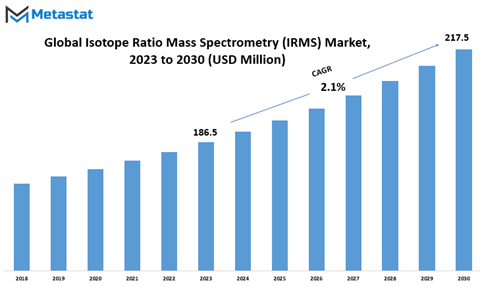
GROWTH FACTORS
The Global Isotope Ratio Mass Spectrometry (IRMS) Market is propelled by several key drivers, reflecting a dynamic landscape influenced by scientific exploration and technological advancements. One prominent driver is the surge in research activities within environmental science, geology, and archaeology. This upswing signifies an increasing demand for precise analytical tools, with IRMS proving instrumental in providing accurate data for these scientific pursuits.
A pivotal driver that continually propels the market forward is the introduction of new technology and subsequent product launches. As technology evolves, so does the demand for more sophisticated instruments. The consistent unveiling of innovative products in the IRMS market caters to this demand, driving growth and ensuring the market remains at the forefront of scientific advancements.
However, amidst these drivers, certain restraints exist, tempering the market's unrestrained growth. One such constraint is the presence of product alternatives coupled with the relatively high costs associated with IRMS products. This duality poses a challenge, especially when alternative solutions present themselves as more cost-effective options. The market, therefore, grapples with the need to continually demonstrate the unique value proposition of IRMS technology against its alternatives.
The rising utilization of Isotope Ratio Mass Spectrometry in forensic and food-related applications stands out as a notable avenue for growth. In forensic science, the ability of IRMS to provide precise and distinctive isotopic fingerprints contributes significantly to investigations. Likewise, in the food industry, IRMS aids in ensuring the authenticity and origin of food products, addressing growing concerns related to food safety and quality.
The market's growth is propelled by increasing research activities, fueled by a demand for precise analytical tools. Technological advancements through product launches sustain its momentum, but challenges like product alternatives and cost considerations persist. However, amidst these challenges, the market finds opportunities in the expanding applications of IRMS, particularly in forensic and food-related domains. The journey of the IRMS market is a testament to the symbiotic relationship between scientific advancement and technological innovation.
MARKET SEGMENTATION
By Product Type
The market's extensive reach is apparent in its diverse product offerings, with a notable segmentation into Hardware and Software under the broader category of Product Type. The Hardware segment encompasses a spectrum of tangible tools and devices essential for isotope ratio mass spectrometry applications. These include mass spectrometers, sample preparation systems, and peripherals. The Hardware segment, as a cornerstone of IRMS technology, caters to the practical needs of laboratories and research facilities, providing the necessary tools for precise and reliable isotope analysis.
On the other hand, the Software segment is an integral part of the IRMS market, serving as the digital brain behind the analytical process. Software solutions in the context of isotope ratio mass spectrometry are designed to facilitate data interpretation, analysis, and management. These applications often feature user-friendly interfaces, ensuring accessibility for both seasoned researchers and those new to the field.
The synergy between Hardware and Software within the IRMS market underscores the holistic nature of isotope analysis. Researchers rely on the seamless integration of hardware tools and software applications to extract meaningful insights from isotopic data. The symbiotic relationship between these two segments enhances the efficiency and accuracy of isotope ratio mass spectrometry processes, making it a valuable asset across various scientific domains.
As the global IRMS market continues to evolve, propelled by advancements in technology and scientific research, the significance of both Hardware and Software segments is poised to grow. The market's adaptability to emerging trends and its ability to cater to the diverse needs of industries highlight its resilience in a rapidly changing landscape. In essence, the IRMS market, with its dual focus on Hardware and Software, exemplifies the convergence of physical and digital elements to unlock the secrets hidden within isotopic compositions.
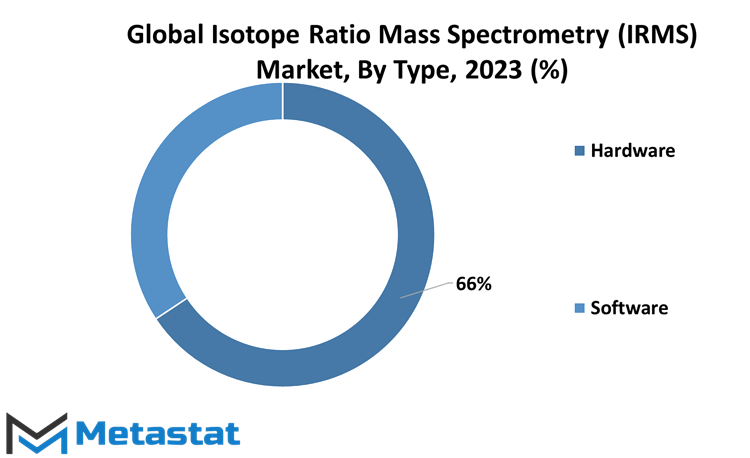
By Radius Type
The global Isotope Ratio Mass Spectrometry (IRMS) market is segmented based on Radius Type, categorizing it into Small Radius and Large Radius. This division is instrumental in understanding the diverse applications and preferences within the industry.
Small Radius IRMS devices cater to a specific set of needs. These compact instruments find utility in scenarios where space is a constraint or portability is paramount. Laboratories with limited area can benefit from the efficiency of Small Radius IRMS, ensuring precise measurements without compromising on accuracy.
Large Radius IRMS devices are tailored for tasks that demand a more extensive analytical scope. Their design and functionality make them suitable for comprehensive research and analysis, accommodating a broader range of samples. The versatility of Large Radius IRMS broadens its spectrum of applications, meeting the demands of research institutions and industries with diverse analytical requirements.
In essence, the segmentation based on Radius Type in the IRMS market provides a practical framework for users to identify and select instruments that align with their specific needs. It's not just about size; it's about tailoring the tool to the task at hand, ensuring that researchers and analysts have the right equipment to achieve accurate and meaningful results in their respective fields. This segmentation strategy enhances the market's efficiency by offering options that align with the varied demands of its user base.
By Application
The global Isotope Ratio Mass Spectrometry (IRMS) market covers various applications, including Environmental Sciences, Food Analysis, Medical, and Industrial sectors. These applications play a crucial role in utilizing IRMS technology for distinct purposes.
In Environmental Sciences, IRMS finds application in tracking isotopic compositions in environmental samples. It aids in understanding ecological processes and assessing environmental changes. By analyzing isotopic ratios, scientists gain insights into the origin and movement of substances in ecosystems, contributing to environmental research and conservation efforts.
Food Analysis represents another significant domain where IRMS is employed. It enables precise determination of isotopic ratios in food products, assisting in quality control and ensuring compliance with regulatory standards. This application is pivotal in verifying the authenticity of food items, detecting adulteration, and safeguarding consumer health.
The Medical sector leverages IRMS technology for various purposes, ranging from drug testing to clinical research. Isotopic analysis plays a role in understanding metabolic processes and can be instrumental in diagnosing medical conditions. This application underscores the diverse and impactful role of IRMS in advancing medical science and healthcare practices.
In the Industrial realm, IRMS is applied to analyze materials and products, ensuring quality and compliance with industry standards. From verifying the purity of raw materials to assessing the isotopic composition of industrial outputs, this application contributes to maintaining the integrity of industrial processes.
The division of the global IRMS market into these distinct applications highlights the versatility of this technology across different sectors. Environmental Sciences, Food Analysis, Medical, and Industrial applications collectively underscore the widespread impact and significance of IRMS in enhancing our understanding and management of diverse aspects of the natural and industrial world.
REGIONAL ANALYSIS
In today's interconnected world, the global Isotope Ratio Mass Spectrometry (IRMS) market plays a pivotal role. This analytical technique, used for determining the isotopic composition of elements, finds applications in various scientific fields. Geographically, the market's dynamics are influenced by a multitude of factors.
North America stands out as a key player in the global IRMS market. The region's robust scientific research infrastructure and substantial investments in technology contribute significantly to market growth. Laboratories and research institutions across the United States and Canada are avid users of IRMS, fostering a demand that propels the market forward.
Moving across the Atlantic, Europe boasts a substantial footprint in the IRMS market. The continent's rich history of scientific discovery, coupled with a persistent commitment to research and development, ensures a steady demand for isotope ratio mass spectrometry. Countries like Germany and the United Kingdom are prominent contributors, with a strong presence of laboratories and academic institutions.
Meanwhile, the Asia-Pacific region is emerging as a dynamic player in the global IRMS market. Rapid industrialization and a growing emphasis on scientific research in countries like China and India are driving the adoption of IRMS technologies. As these nations advance technologically, the demand for precise analytical tools, such as IRMS, is witnessing a significant uptick.
In South America and Africa, the IRMS market is gradually gaining traction. While the pace might not be as rapid as in other regions, the increasing awareness of the importance of isotopic analysis in various fields is contributing to market growth. Research initiatives and collaborations with global scientific communities further enhance the adoption of IRMS technologies.
The global Isotope Ratio Mass Spectrometry market's geographical dynamics underscore the interconnected nature of scientific progress. From the research labs of North America to the burgeoning scientific landscape in Asia-Pacific, the demand for IRMS reflects the universal quest for precision in analytical techniques across diverse scientific disciplines. This global market, shaped by regional variations and scientific pursuits, exemplifies the widespread impact of Isotope Ratio Mass Spectrometry in our interconnected scientific landscape.
COMPETITIVE PLAYERS
In the expansive landscape of scientific instrumentation, the global Isotope Ratio Mass Spectrometry (IRMS) market stands out as a crucial player. This market, encompassing the intricate world of isotope analysis, finds itself navigated by key industry players, with companies like Elementar and Isotopx Ltd. taking the helm.
Elementar, a notable name in the IRMS sector, has carved a niche for itself with a commitment to precision and reliability in isotope ratio measurements. The company's dedication to advancing analytical technologies has positioned it as a frontrunner in the market, meeting the demands of diverse scientific applications. Similarly, Isotopx Ltd. brings its expertise to the forefront, contributing significantly to the evolution of IRMS capabilities. Their presence underscores the competitive dynamics of the industry, as they strive to provide cutting-edge solutions for stable isotope analysis. The technological prowess exhibited by Isotopx Ltd. reflects the continual innovation required to stay ahead in the ever-evolving field of mass spectrometry.
These key players in the IRMS industry share a common thread of commitment to scientific advancement. Their products not only address the analytical needs of researchers and scientists but also play a pivotal role in pushing the boundaries of isotope analysis. In a market where precision is paramount, Elementar and Isotopx Ltd. serve as pillars, contributing to the collective progress of the Isotope Ratio Mass Spectrometry domain.
Isotope Ratio Mass Spectrometry (IRMS) Market Key Segments:
By Product Type
- Hardware
- Software
By Radius Type
- Small Radius
- Large Radius
By Application
- Environmental Sciences
- Food Analysis
- Medical
- Industrial
Key Global Isotope Ratio Mass Spectrometry (IRMS) Industry Players
- Elementar
- Isotopx Ltd.
- Nu Instruments (AMETEK)
- Sercon Group
- Thermo Fisher Scientific
WHAT REPORT PROVIDES
- Full in-depth analysis of the parent Industry
- Important changes in market and its dynamics
- Segmentation details of the market
- Former, on-going, and projected market analysis in terms of volume and value
- Assessment of niche industry developments
- Market share analysis
- Key strategies of major players
- Emerging segments and regional growth potential



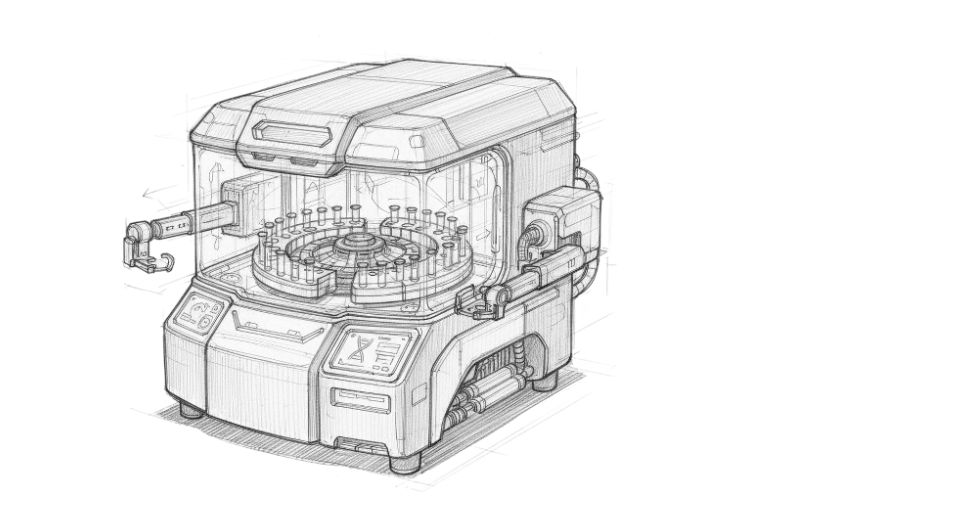

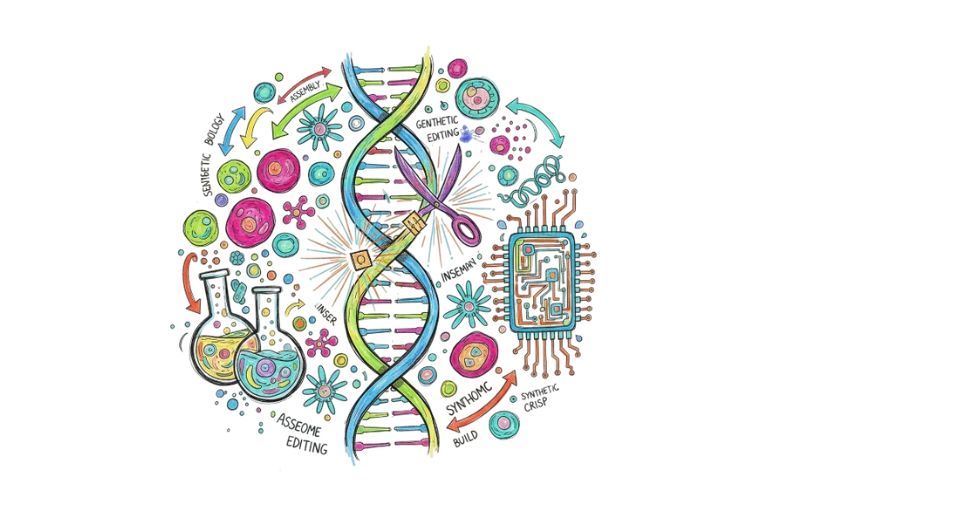
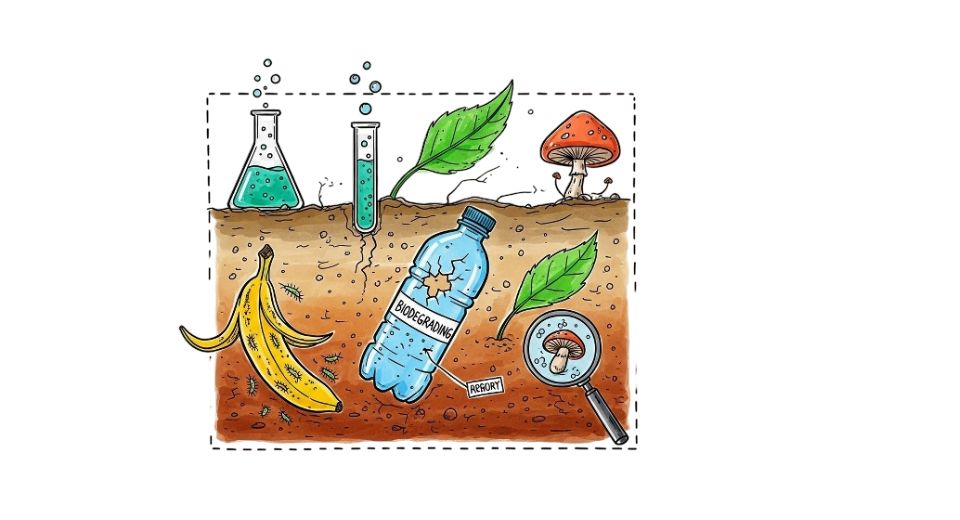

 US: +1 3023308252
US: +1 3023308252






